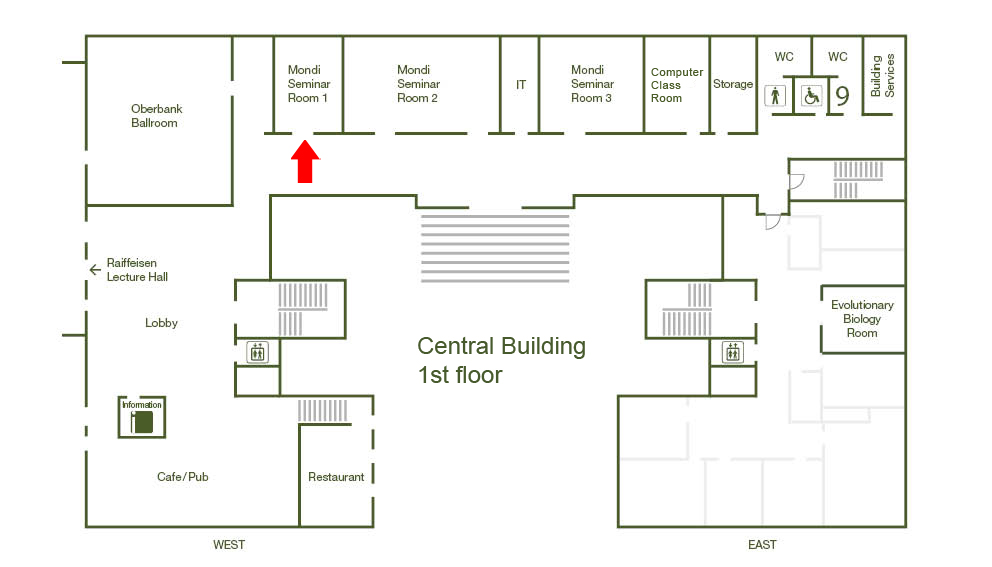Thesis Defense: Using Genealogies to Study the Genomic Basis of Species Divergence

Understanding the mechanisms underlying speciation is a central aim of evolutionary biology. A persistent challenge in the field is to identify loci that contribute to reproductive isolation, while disentangling signals of selection from demography, linkage and intrinsic genomic features. Traditional population genomic approaches that rely on site-based statistics in arbitrary fixed windows face inherent limitations, as they conflate historical and contemporary processes of divergence and overlook haplotype structure. Recent advances in whole-genome sequencing and methods to infer ancestral recombination graphs (ARGs) now offer the opportunity to study genealogical relationships explicitly, revealing how lineages coalesce and recombine through time. By directly analysing haplotype clustering by species or phenotype and their patterns of coalescence, ARG-based methods show promise for diagnosing sweeps, identifying barrier loci maintained under divergent selection amid gene flow, and tracing their evolutionary history. In this thesis, I explore the utility of genealogical approaches for studying species divergence. I start by proposing a conceptual framework for defining haplotype blocks through the structure of the ARG, using simulations and empirical data to highlight how genealogical processes generate rich and often overlooked haplotypic patterns. In the following chapters, I study the genomic basis of species divergence in two study systems.
First, I examine the genomic basis of a key evolutionary innovation in marine snails Littorina. These snails offer a unique opportunity to study an innovation because they include a very recent transition from egg-laying to live bearing, yet snails with the different reproductive modes are not reciprocally monophyletic. I exploited this by using topology clustering in ARG derived local genealogical trees to pinpoint narrow genomic regions or haplotype blocks that carry swept alleles, thus revealing that the transition from egg laying to live bearing involves multiple, live bearer specific sweeps.
Second, I investigate the genomic basis of flower colour variation in Antirrhinum majus. Across two replicate hybrid zones, ARG based topology clustering uncovered parallel reuse of colour associated haplotypes, even where differentiation outlier scans failed to resolve meaningful signals. Integrating these genealogical approaches with genome wide association studies not only confirmed major effect loci underlying pigmentation, but also suggested the presence of a previously unknown regulatory factor. Finally, preliminary analysis of the Rosea/Eluta genomic region showed that it comprises multiple divergent colour associated loci, shaped by staggered selective sweeps and localised barriers to gene flow.
Together, these chapters add to the increasing pool of studies using genealogical approaches to complement and extend site-based statistics to use haplotype structures in speciation research. By tracking haplotypes directly and connecting genealogical clustering to population processes, ARG-based inference shows promise of providing new insights into how local selective pressures, demographic history, and long-term barriers interact to shape the genomic architecture of divergence. Despite underscoring the value of ARGs in revealing the fine-scale origins and maintenance of biodiversity, this thesis presents cautious optimism about the benefits of using genealogical inference to learn more than what site-based statistics could tell us.